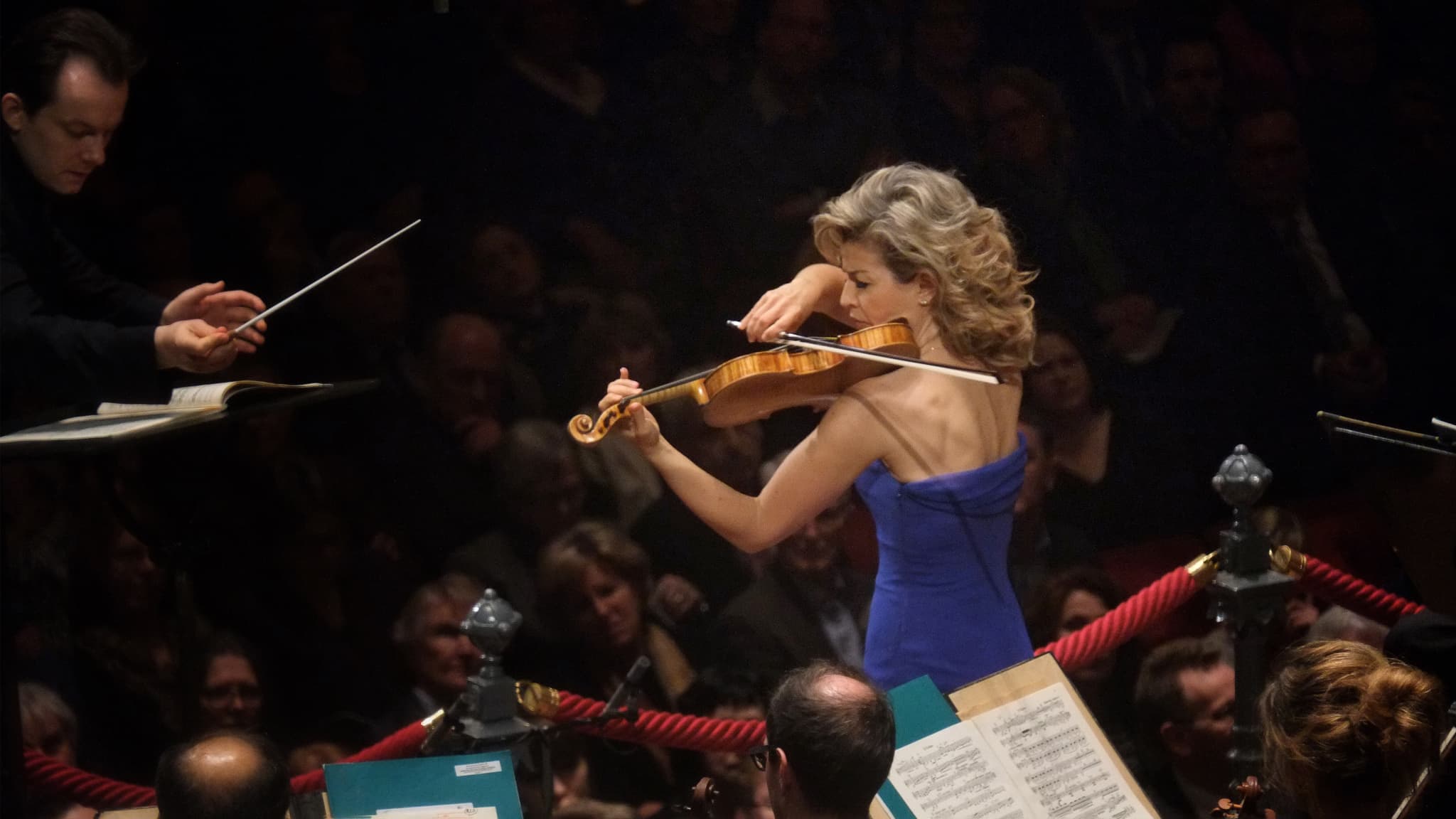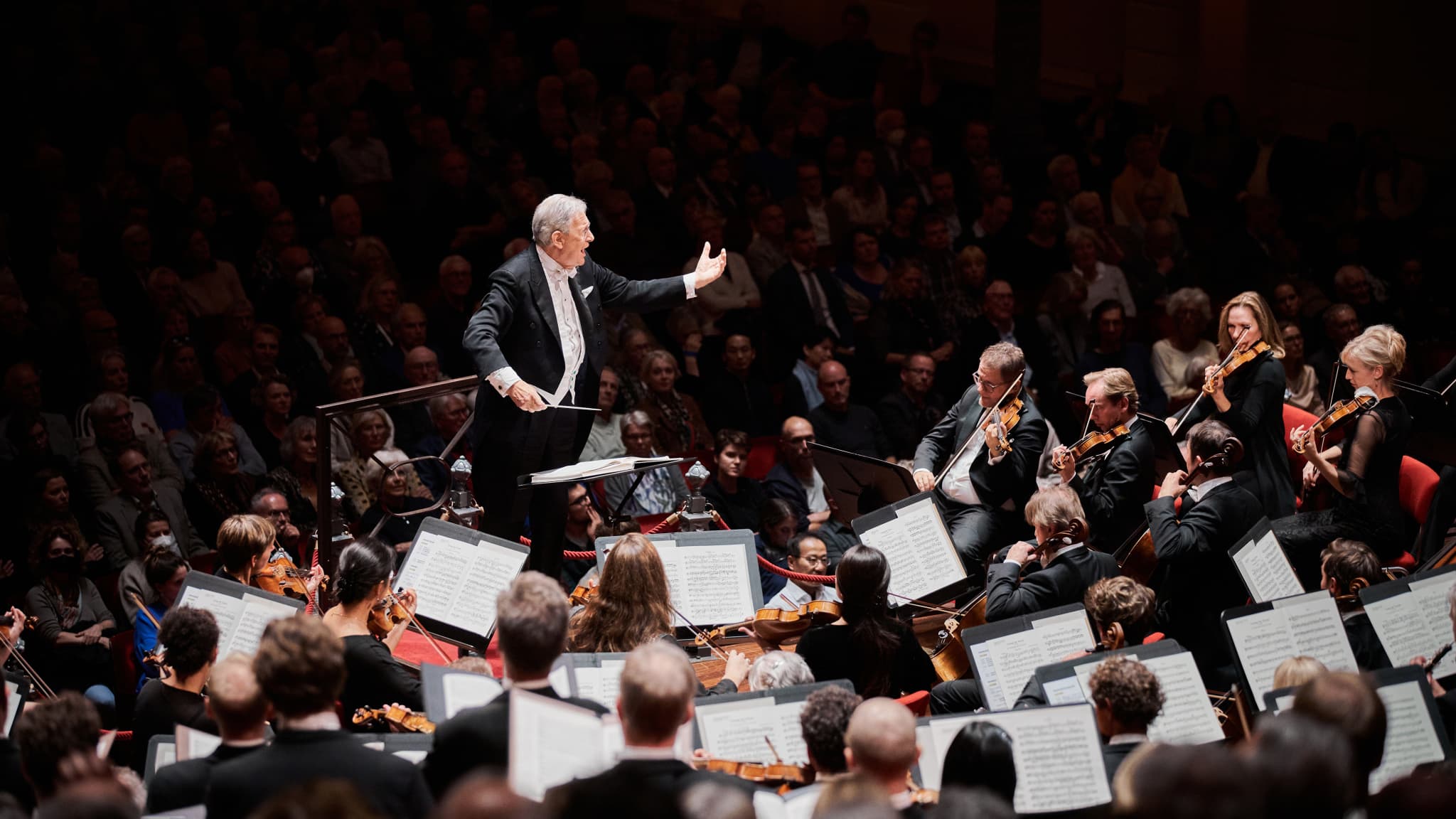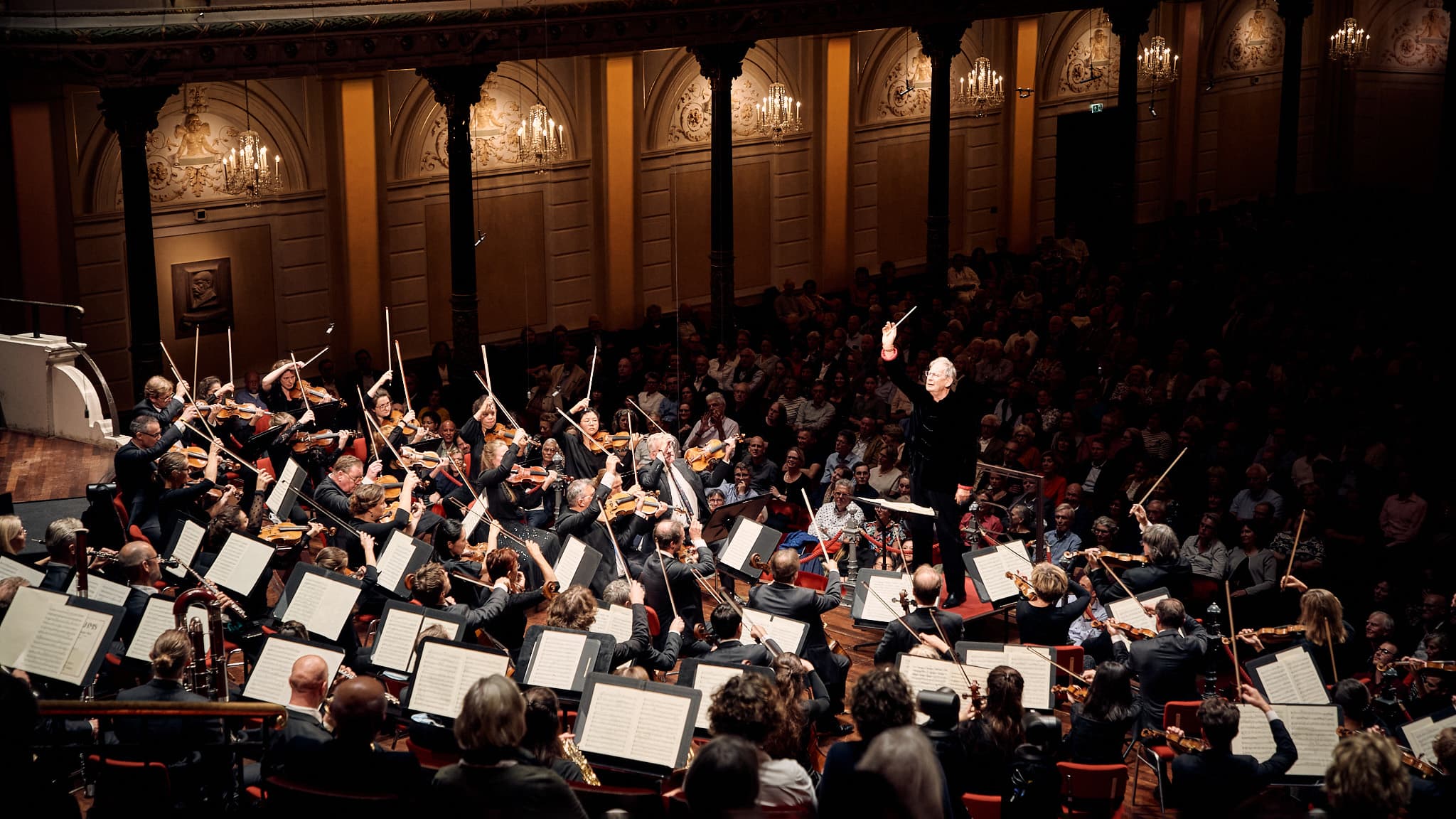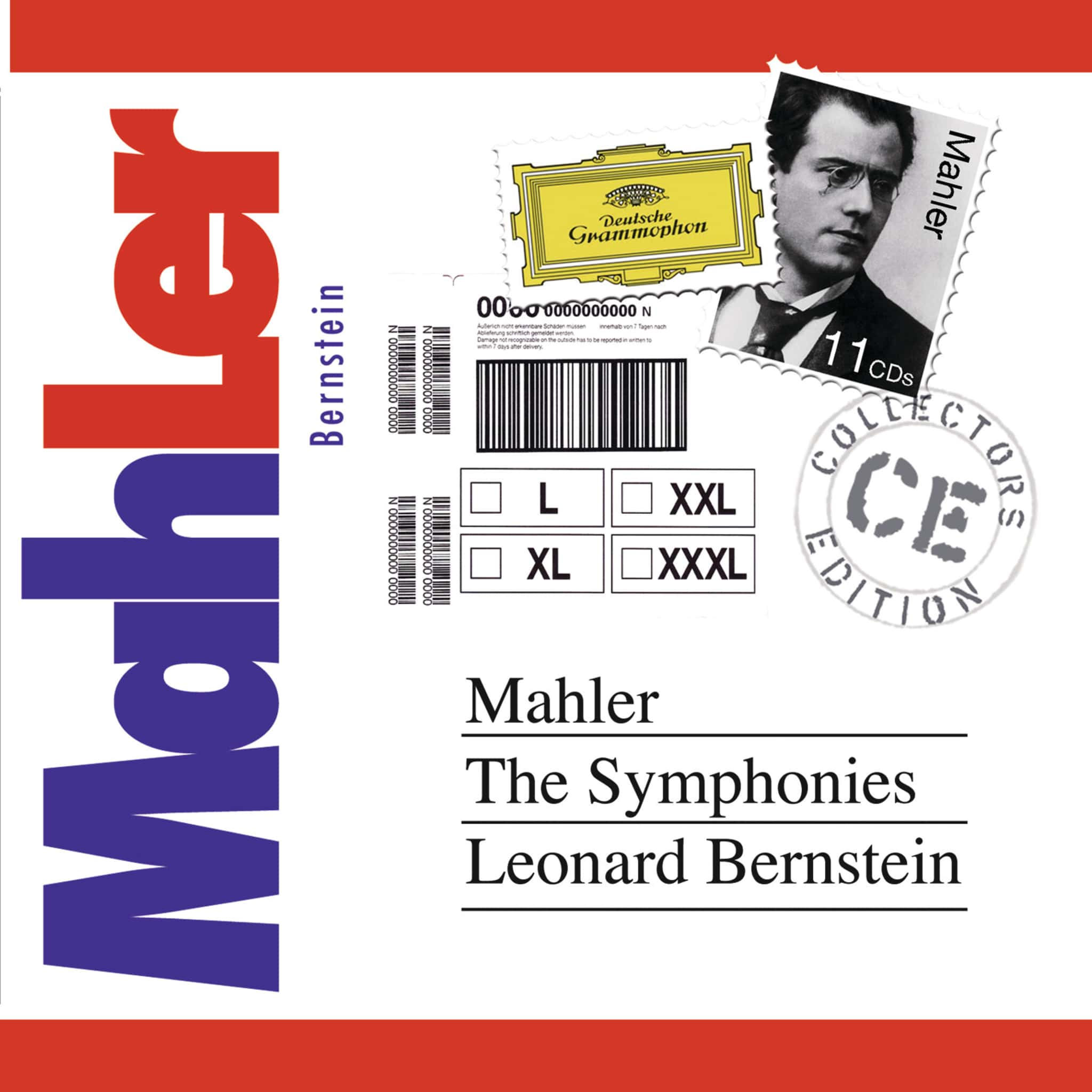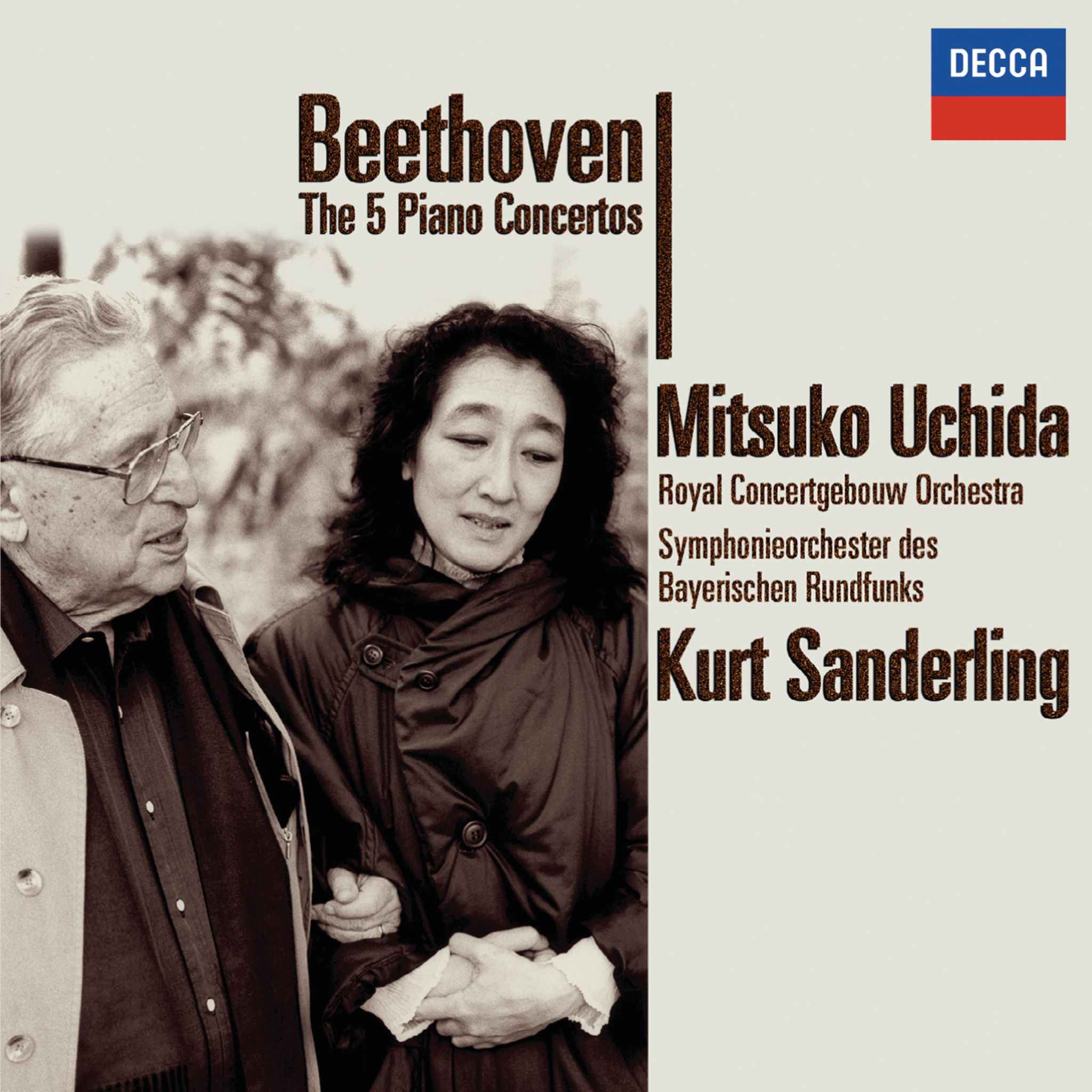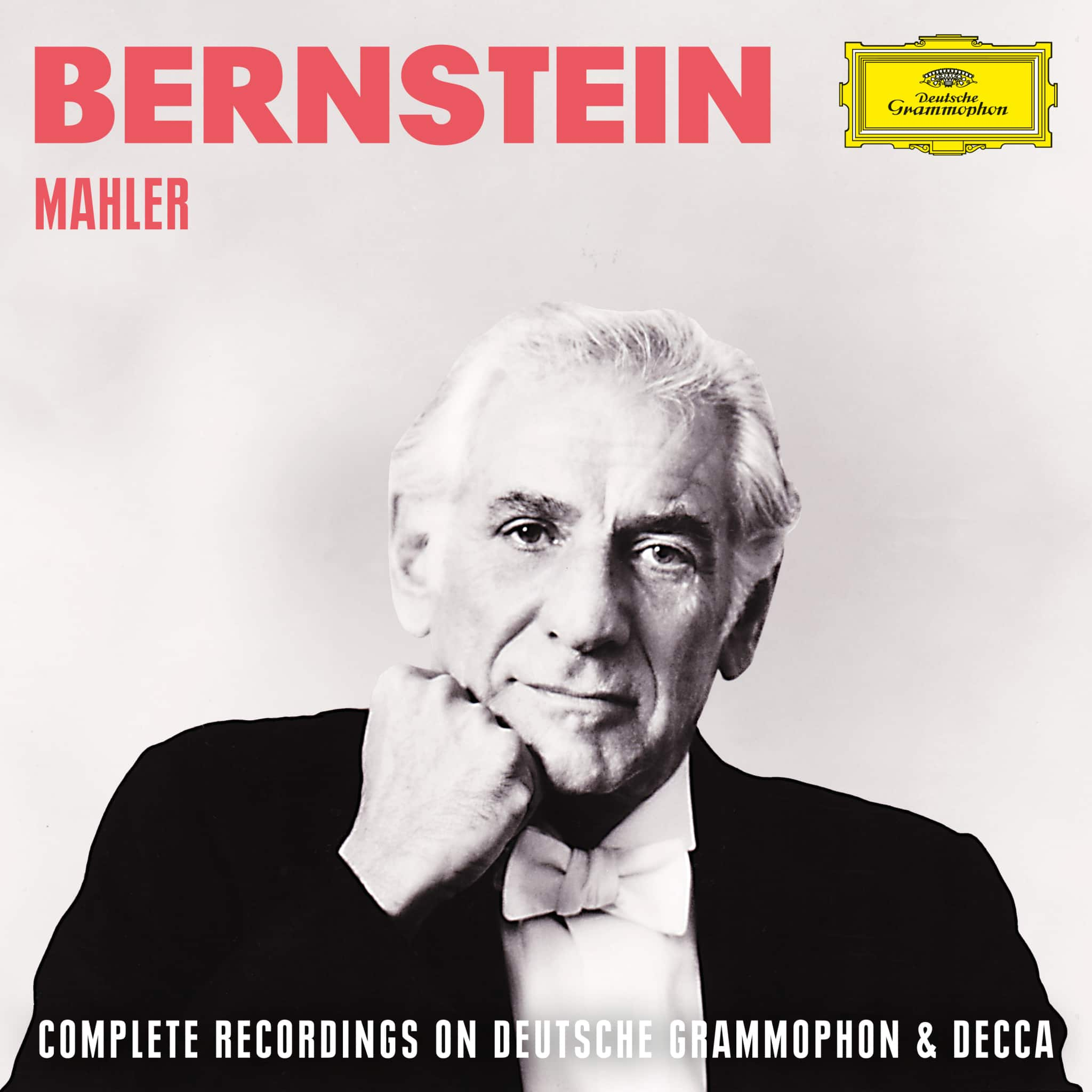Konzerte und Opern
Alben
Erscheint auf
InfosConcertgebouworkest

After conducting his third symphony in Amsterdam in 1884, Johannes Brahms was very much disappointed by the level of musicianship. Humiliated by this, the governors spent the next years building what was to become one of the best concert halls in the world. The Concertgebouw was the new home of the Concertgebouworkest, who gave its first-ever performance in 1888 with the orchestra’s first Chief Conductor Willem Kes. Since its foundation, the beautiful ‘sounding box’, like that of a string instrument, has formed the basis for the development of the orchestra’s own unique sound and in over 130 years, the orchestra has only had seven chief conductors, each of whom has shaped the orchestra’s history in their own way.
Willem Mengelberg took over from Kes in 1895 and during his 50-year tenure, enriched the repertoire with works by living composers. Despite being ill-received by audiences at the time, the works would go on to be incorporated into the core repertoire. Mengelberg’s personal relationships with Mahler, Richard Strauss, Rachmaninoff, and Stravinsky resulted in close ties between the composers and the musicians. Strauss even dedicated Ein Heldenleben to Mengelberg and the orchestra in 1898. In addition to Strauss and Mahler, other composers also conducted the Concertgebouworkest, including Schoenberg, Debussy, Stravinsky, Ravel, and Milhaud. The tradition continues today with contemporary composers regularly leading the orchestra in their own compositions. In recent years, John Adams, Thomas Adès, George Benjamin, and Tan Dun have followed in the footsteps of such composer–conductors as Bruno Maderna, Witold Lutosławski, Otto Ketting, Luciano Berio, Pierre Boulez, and Hans Werner Henze.
The Concertgebouworkest has gained its celebrated reputation for its performances of the music of Bruckner and Mahler, thanks to the work of chief conductors Eduard van Beinum and Bernard Haitink respectively. It also upholds a number of concert traditions around Easter and Christmas with its Passion performance, initiated by Mengelberg, and the Christmas Matinee. Adding to the expansion of the repertoire, Riccardo Chailly led the orchestra in much opera and contemporary music, Mariss Jansons focused on major twentieth-century composers like Shostakovich and Messiaen, and Daniele Gatti enriched the orchestra’s symphonic tradition with French repertoire and music from the Second Viennese School. Under the baton of Nikolaus Harnoncourt, the orchestra also established a growing reputation for 18th-century repertoire, a tradition that continues with Trevor Pinnock and honorary guest conductor Iván Fischer.


